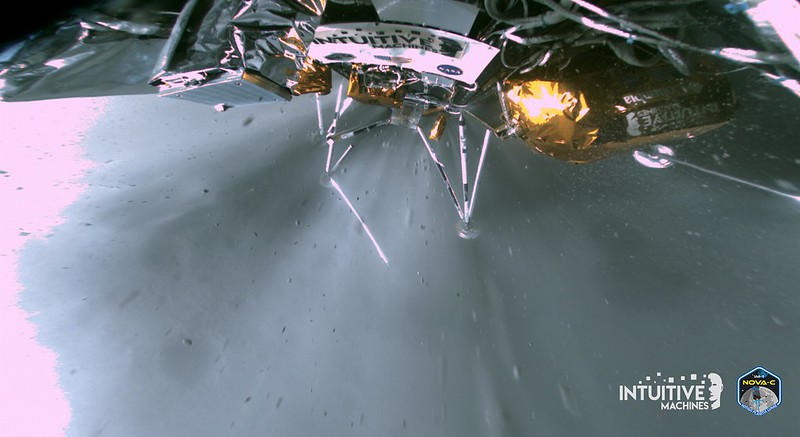China To Install CCTV Network On Moon – Report

Apparently not a joke. Chinese space agency outlines plan to install mass surveillance system on moon, for Lunar assets and bases
Officials in Beijing have outlined a plan to install a huge CCTV system on the moon, to replicate the mass surveillance network in mainland China.
This is according to a report in the South China Morning Post (SCMP), which stated that the Chinese plan to develop a ‘Skynet-on-the-Moon’ surveillance system would be to protect its lunar assets. The system will reportedly have millions of sensors and cameras to monitor a future Chinese moon base 24/7.
It comes after the Communist government in Beijing installed over the years an extensive CCTV system across China, colloquially called Skynet, but officially known as Tianwang.
![]()
Lunar Skynet
Tianwang cameras reportedly cover nearly every part of the country.
Indeed, China is said to have over 626 million surveillance cameras installed, with roughly one camera for every two adult citizens, creating the world’s largest video surveillance network.

According to article by the South China Morning Post, the Lunar Exploration and Space Engineering Centre of the China National Space Administration (CNSA) had revealed the plan for a CCTV network on the moon, in a paper that was published last month in the Chinese academic journal Acta Optica Sinica.
The system will be built primarily to monitor foreign visitors to the base and flag suspicious activity for “appropriate response measures.” According to the SCMP article, the lunar system will be based on China’s all-encompassing surveillance system.
“The construction and operation of the optical surveillance system for the [International] Lunar Research Station can draw on the successful experience … of China’s Skynet project,” the Lunar Exploration and Space Engineering Centre reportedly said in the paper.
The paper was co-authored by the Chinese Academy of Sciences, the China Aerospace Science and Technology Corporation, and Zhejiang University, all of which manage China’s lunar program.
The planned CCTV system on the moon will reportedly utilise cameras weighing around 3.5 ounces (100 grams) each, and will be co-ordinated by artificial intelligence (AI) chips that will be “capable of identifying, locating, tracking and aiming at suspicious targets independently.”
The paper states that when the cameras are delivered to the moon, they would automatically link up, providing seamless coverage of the station area.
The tiny lunar cameras will also be designed to capture both distant and wide-angle views, self-adjust, and operate independently in the event of lost communication with Earth.
Return to the moon
The return to the moon has ramped up in recent months.
Most recently Houston-based Intuitive Machines (on behalf of America’s NASA) successfully landed the Odysseus lander on the moon surface.
Intuitive Machines last month revealed that its Odysseus lander had transmitted images from the lunar surface, despite lying on one side due to a broken landing strut.

Image credit Intuitive Machines
This was the first time ever that a private organisation had successfully landed its hardware on the moon. It was also the first time since the Apollo 17 mission in 1972 that United States had landed hardware on the moon surface.
Yet the return to the moon has been planned for some years now.
In October 2020 Nokia announced it had been chosen by NASA to build a 4G/5G cellular network on the Moon, to aid communications as part of NASA’s Artemis program, which seeks to establish a sustainable presence on the Moon by the end of the decade.
In October 2020 NASA officially confirmed for the first time, that water was found on the sunlit surface of the Moon.
Earlier in 2020 British satellite firm called Surrey Satellite Technology Ltd (SSTL) confirmed it will build telecommunications spacecraft to enable easier communications with manned missions to the moon.